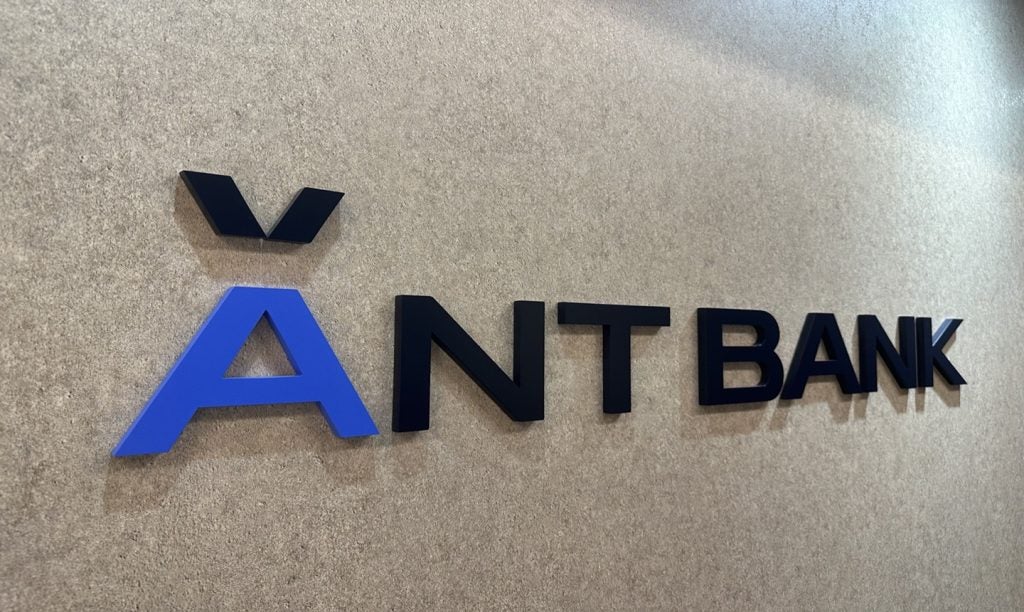The Federal Reserve Board has proposed new rules, which significantly eases restrictions on smaller banks.
Under the proposed rule, banks would be segregated into four categories with varied risk profiles.
The classification would depend on size of assets, cross-jurisdictional activity, reliance on short-term wholesale funding, nonbank assets, and off-balance sheet exposure, among other factors.
The lowest risk category will include banks having between $100bn and $250bn in assets.
These banks would not be subject to standardised liquidity requirements under the proposed rule and will also be excluded from the requirement to conduct company-run stress tests.
Moreover, the banks under this category will be required to conduct supervisory stress tests every two years instead of every year.

US Tariffs are shifting - will you react or anticipate?
Don’t let policy changes catch you off guard. Stay proactive with real-time data and expert analysis.
By GlobalDataBanks having $250bn or more in assets would be subject to enhanced liquidity standards, but would have their standardised liquidity requirements reduced.
Under the proposal, these banks would have to carry out company-run stress tests on a two-year cycle instead of semi-annually. However, they would have to conduct supervisory stress tests on an annual basis.
In case of banks in the highest risk categories including the global systemically important banking organisations (GSIBs), liquidity requirements will remain unchanged.
Federal Reserve chairman Jerome Powell said: “The proposals would prescribe materially less stringent requirements on firms with less risk, while maintaining the most stringent requirements for firms that pose the greatest risks to the financial system and our economy.”







